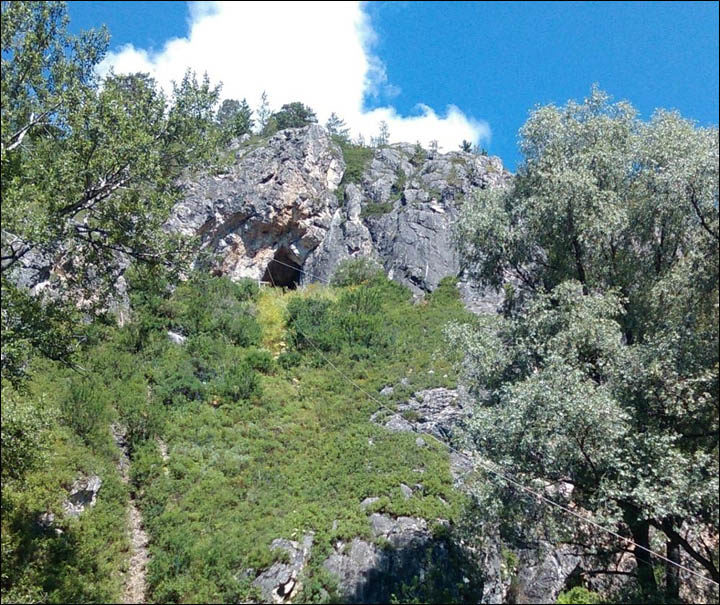
© Nick Brooks and Joanne ClarkeThe structures come in various shapes and sizes, including one that curves off into the horizon (shown here).
The structures seem to come in all sizes and shapes, and archaeologists aren't sure what many of then were used for or when they were created, archaeologists report in the book
The Archaeology of Western Sahara: A Synthesis of Fieldwork, 2002 to 2009 (Oxbow Books, 2018).
About 75 percent of the Western Saharan territory, including most of the coastline, is controlled by Morocco, while 25 percent is controlled by the Sahrawi Arab Democratic Republic. Before 1991, the two governments were in a state of war. [
See Photos of the Stone Structures in Western Sahara]
Between 2002 and 2009, archaeologists worked in the field surveying the landscape and doing a small amount of excavation in the part of
Western Sahara that is controlled by the Sahrawi Arab Democratic Republic. They also investigated satellite images on Google Earth, they wrote in the book.
"Due to its history of conflict, detailed archaeological and palaeoenvironmental research in Western Sahara has been extremely limited," wrote Joanne Clarke, a senior lecturer at the University of East Anglia, and Nick Brooks, an independent researcher.
"The archaeological map of Western Sahara remains literally and figuratively almost blank as far as the wider international archaeological research community is concerned, particularly away from the Atlantic coast," wrote Clarke and Brooks, noting that people living in the area know of the
stone structures, and some work has been done by Spanish researchers on rock art in Western Sahara.




Comment: Iran: Civilization's Ancient Trailblazer